Intro
Recover from a C-section with ease using these 7 expert tips. Learn how to minimize pain, promote healing, and get back to normal life after a cesarean delivery. Discover the best ways to care for your incision, manage postpartum recovery, and reduce the risk of complications for a smoother post-op experience.
Recovering from a C-section can be a challenging and overwhelming experience for many new mothers. The physical and emotional toll of a surgical delivery can be significant, and it's essential to prioritize self-care and follow a well-planned recovery strategy to ensure a smooth and healthy healing process.
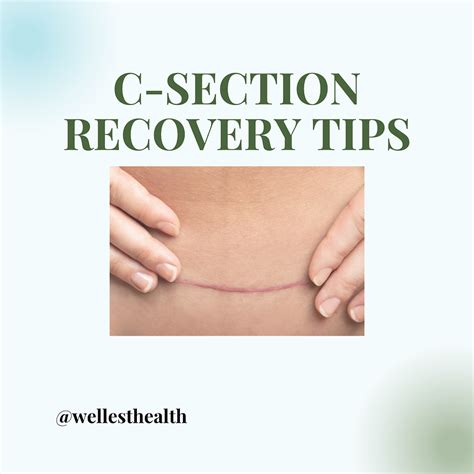
In this article, we will discuss seven tips for recovering from a C-section, including practical advice on managing pain, promoting wound healing, and navigating the emotional challenges of new motherhood.
Tip 1: Follow Your Doctor's Instructions
After a C-section, your doctor will provide you with specific instructions on how to care for your wound, manage pain, and promote healing. It's essential to follow these instructions carefully to minimize the risk of complications and ensure a smooth recovery.
- Take your pain medication as directed by your doctor to manage discomfort and pain.
- Keep your wound clean and dry to promote healing and prevent infection.
- Avoid heavy lifting, bending, or strenuous activities that can put pressure on your wound.
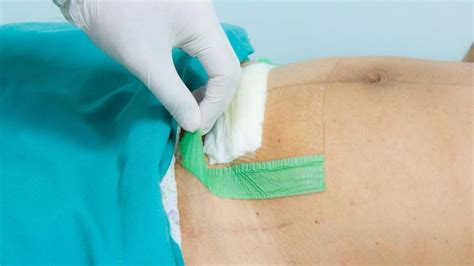
Tip 2: Prioritize Rest and Relaxation
Rest and relaxation are crucial for recovering from a C-section. Your body needs time to heal, and overexerting yourself can lead to complications and prolong your recovery.
- Take naps during the day to help your body recover from the physical demands of childbirth.
- Ask for help with household chores and childcare to reduce stress and promote relaxation.
- Engage in activities that promote relaxation, such as reading, meditation, or deep breathing exercises.
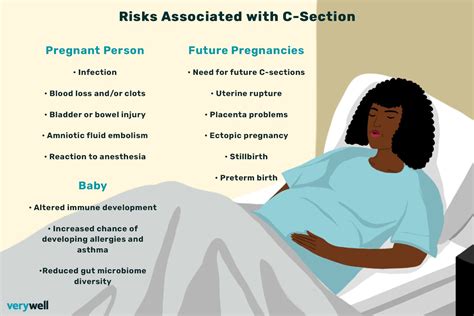
Tip 3: Manage Pain and Discomfort
Managing pain and discomfort is essential for recovering from a C-section. Your doctor may recommend pain medication, but there are also other strategies you can use to manage discomfort.
- Use heat or cold packs to relieve pain and discomfort in your abdomen and back.
- Take warm baths or showers to help relax your muscles and promote healing.
- Practice deep breathing exercises or meditation to reduce stress and promote relaxation.
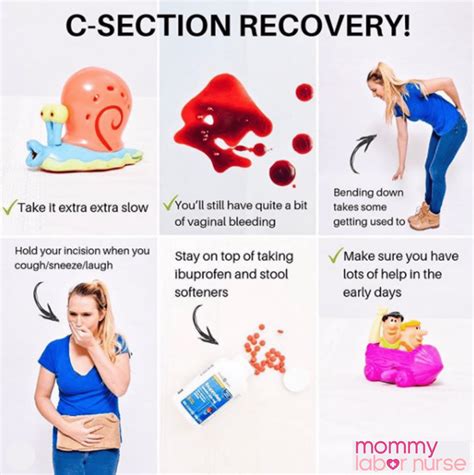
Tip 4: Promote Wound Healing
Promoting wound healing is essential for recovering from a C-section. Your doctor may recommend specific products or strategies to promote healing, but there are also other things you can do to support the healing process.
- Keep your wound clean and dry to prevent infection and promote healing.
- Use a wound dressing or bandage to protect your wound and promote healing.
- Take vitamin C and zinc supplements to support the healing process.

Tip 5: Navigate Emotional Challenges
Recovering from a C-section can be emotionally challenging, especially if you had a traumatic or unexpected delivery experience. It's essential to prioritize your emotional well-being and seek support if you need it.
- Reach out to friends and family for emotional support and connection.
- Join a support group for new mothers to connect with others who have had similar experiences.
- Practice self-care activities, such as meditation or yoga, to reduce stress and promote relaxation.

Tip 6: Take Care of Your Physical Health
Taking care of your physical health is essential for recovering from a C-section. This includes eating a healthy diet, staying hydrated, and engaging in gentle exercise.
- Eat a balanced diet that includes plenty of fruits, vegetables, and whole grains.
- Stay hydrated by drinking plenty of water and other fluids.
- Engage in gentle exercise, such as walking or stretching, to promote healing and reduce the risk of complications.
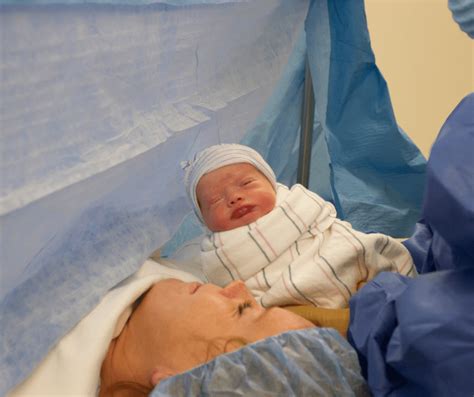
Tip 7: Seek Support
Finally, it's essential to seek support during your recovery from a C-section. This can include reaching out to friends and family, joining a support group, or seeking professional help if you need it.
- Reach out to friends and family for emotional support and connection.
- Join a support group for new mothers to connect with others who have had similar experiences.
- Seek professional help if you're struggling with anxiety, depression, or other emotional challenges.
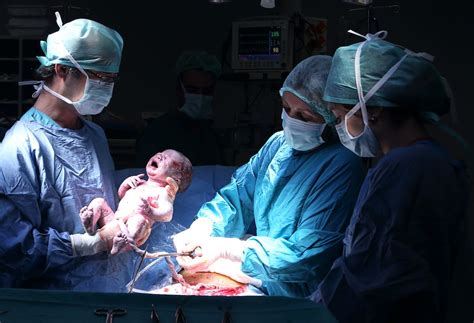
We hope these tips have been helpful in supporting your recovery from a C-section. Remember to prioritize your physical and emotional well-being, and don't hesitate to seek support if you need it.
How long does it take to recover from a C-section?
+The recovery time for a C-section can vary depending on individual factors, but most women can expect to take 6-8 weeks to fully recover.
What are the risks of complications after a C-section?
+While rare, complications can occur after a C-section, including infection, blood clots, and adhesions. It's essential to follow your doctor's instructions and seek medical attention if you experience any unusual symptoms.
Can I breastfeed after a C-section?
+Yes, breastfeeding is possible after a C-section. In fact, skin-to-skin contact and breastfeeding can help promote healing and reduce the risk of complications.
We hope this article has provided you with helpful tips and information to support your recovery from a C-section. Remember to prioritize your physical and emotional well-being, and don't hesitate to seek support if you need it.

